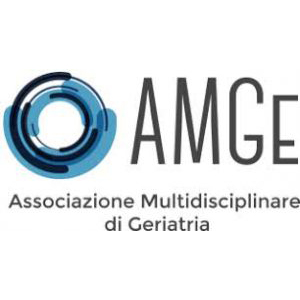by Valeria Confalonieri | Sep 18, 2020
The physical restraint used for the prevention of falls in the elderly (e.g. bed belt, restraint belt, side rails…), is increasingly emerging as inappropriate: in addition to being disheartening, it can be dangerous and ineffective. The conditions for which it...

by Valeria Confalonieri | May 27, 2020
Traditionally during labour it is not allowed to take liquid or food because it is believed that in the case of general anesthesia the gastric content may increase the risk of Mendelson syndrome (chemical pneumonia caused by gastric juice aspiration during anesthesia)...

by Valeria Confalonieri | May 27, 2020
It is fully documented that in the health and social-health structures there is the risk of pathogenic micro-organisms transmission to patients via contaminant medical devices, that therefore need to be adequately treated. This implies the urgency of: a) adopting...

by Valeria Confalonieri | May 27, 2020
It is known that healthcare-associated infections are the cause of an increase in mortality, longer rehab periods, increase in the costs of rehab and also, always more frequently, of contentious coroners. Literature is univocal to establish that a missed hand hygiene...

by Valeria Confalonieri | May 27, 2020
For older patients, hospital admission is a significant risk factor for functional decline and loss of independence. It has been known for over 20 years that nearly 20% of older adults who were previously able to self-mobilize were no longer able to walk without...






Recent Comments